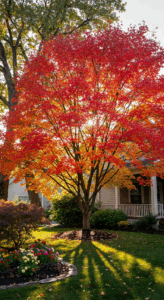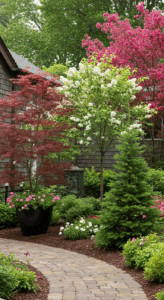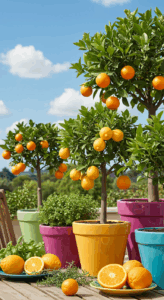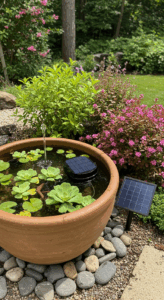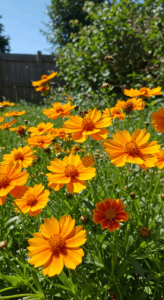1. The Power of Coffee Grounds: Fertilizer or Waste?
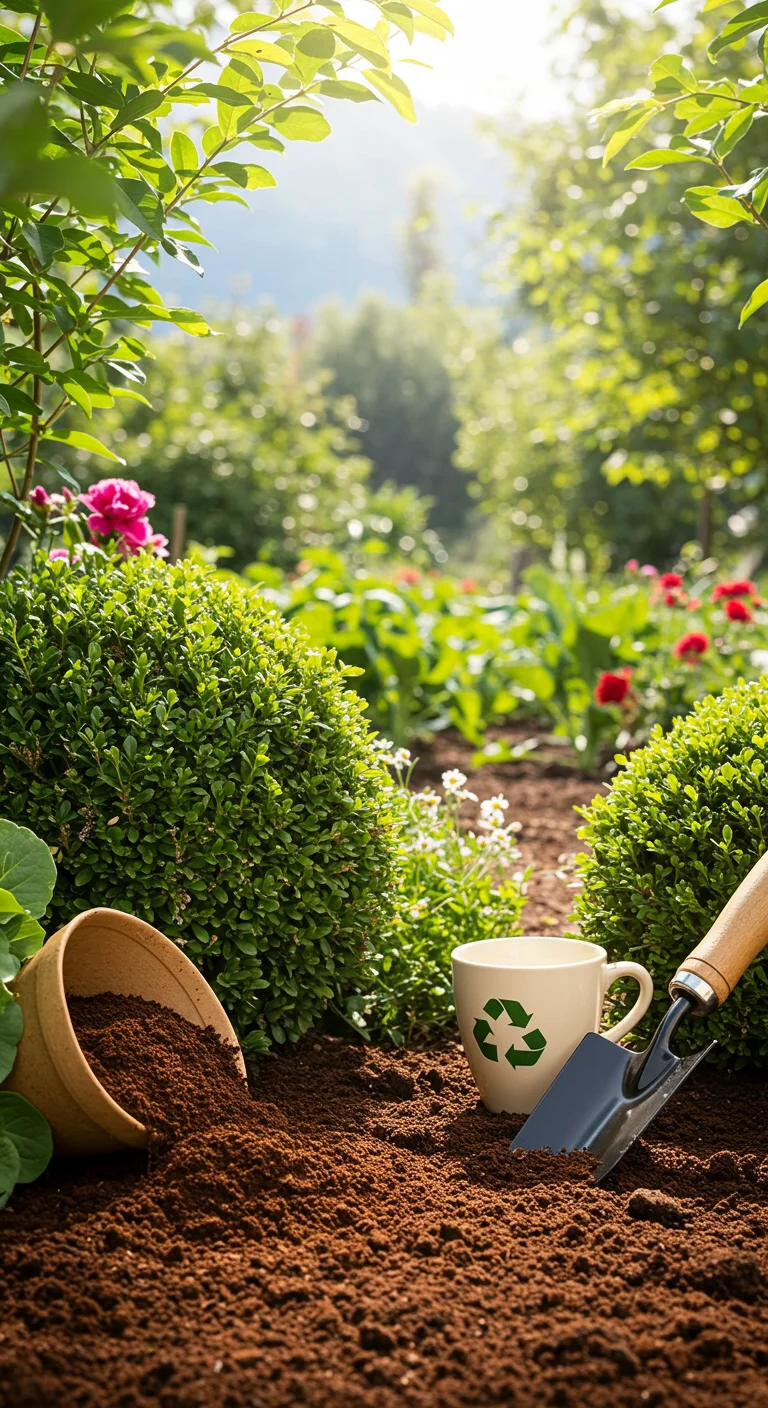
Coffee grounds are more than just a morning ritual; they can serve as a powerful, organic fertilizer for your garden. Rich in nitrogen, phosphorus, and potassium, coffee grounds enhance soil quality, improving drainage and aeration while promoting beneficial microbial activity. Simply sprinkle used coffee grounds around your plants or mix them into the soil to provide a nutrient boost. They are particularly effective for acid-loving plants like blueberries and tomatoes. Additionally, coffee grounds can help repel pests like slugs and snails, making them a dual-purpose garden hack. Instead of tossing those grounds in the trash, consider them a sustainable resource that can enrich your garden and reduce waste simultaneously.
2. DIY Seed Tape: A Simple Solution for Perfect Rows
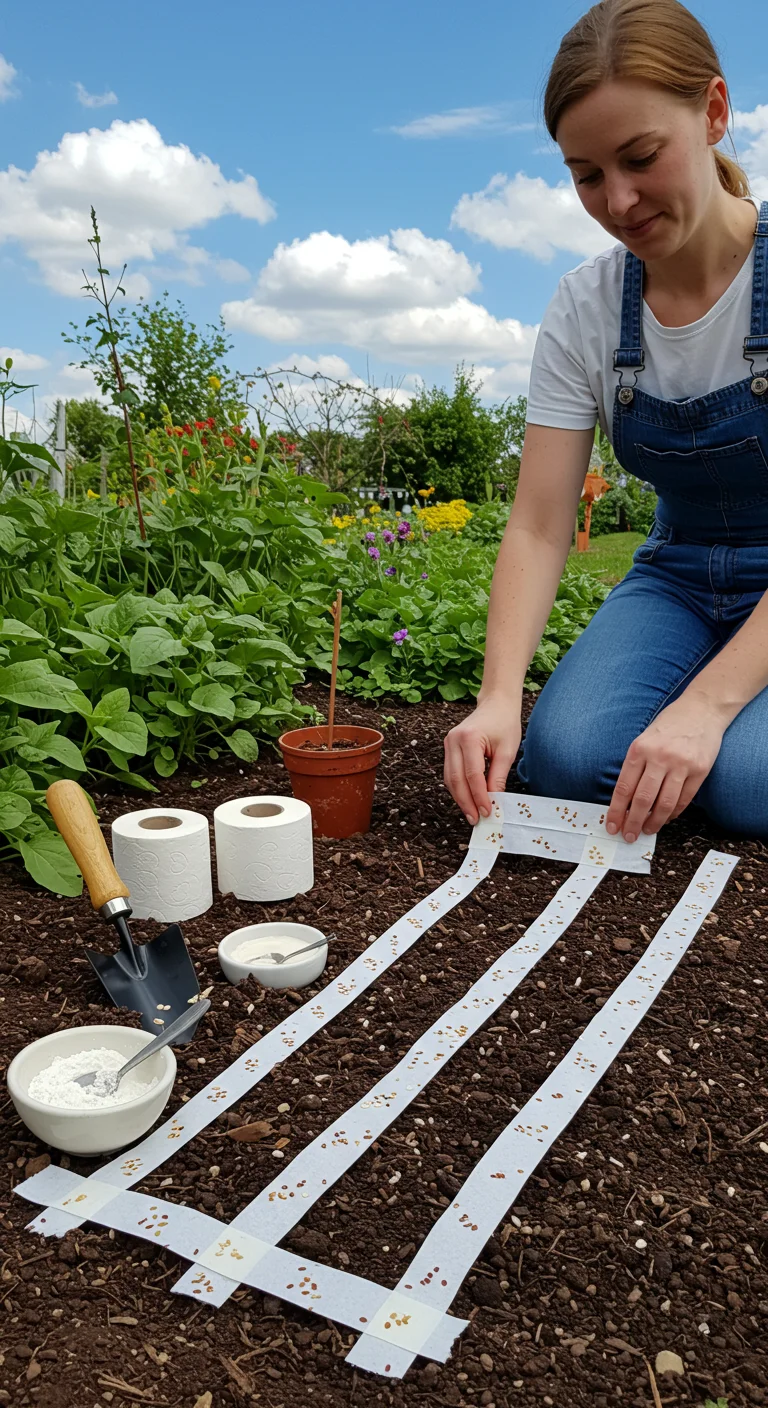
Creating DIY seed tape is an easy and effective way to ensure your seeds are sown in perfect rows, minimizing overcrowding and maximizing your garden’s yield. To make your own, simply cut strips of biodegradable paper, such as toilet paper or coffee filters, into 1-inch wide sections. Using a flour and water paste, place seeds at regular intervals along the strip, ensuring they are spaced according to their specific planting requirements. Once the paste dries, roll up the strips and store them until you’re ready to plant. When the time comes, simply lay the seed tape in your prepared garden bed and cover it with soil. This method not only saves you time but also helps keep your garden organized and your plants healthy, leading to a flourishing harvest.
3. Eggshells: Your Secret Weapon Against Pests
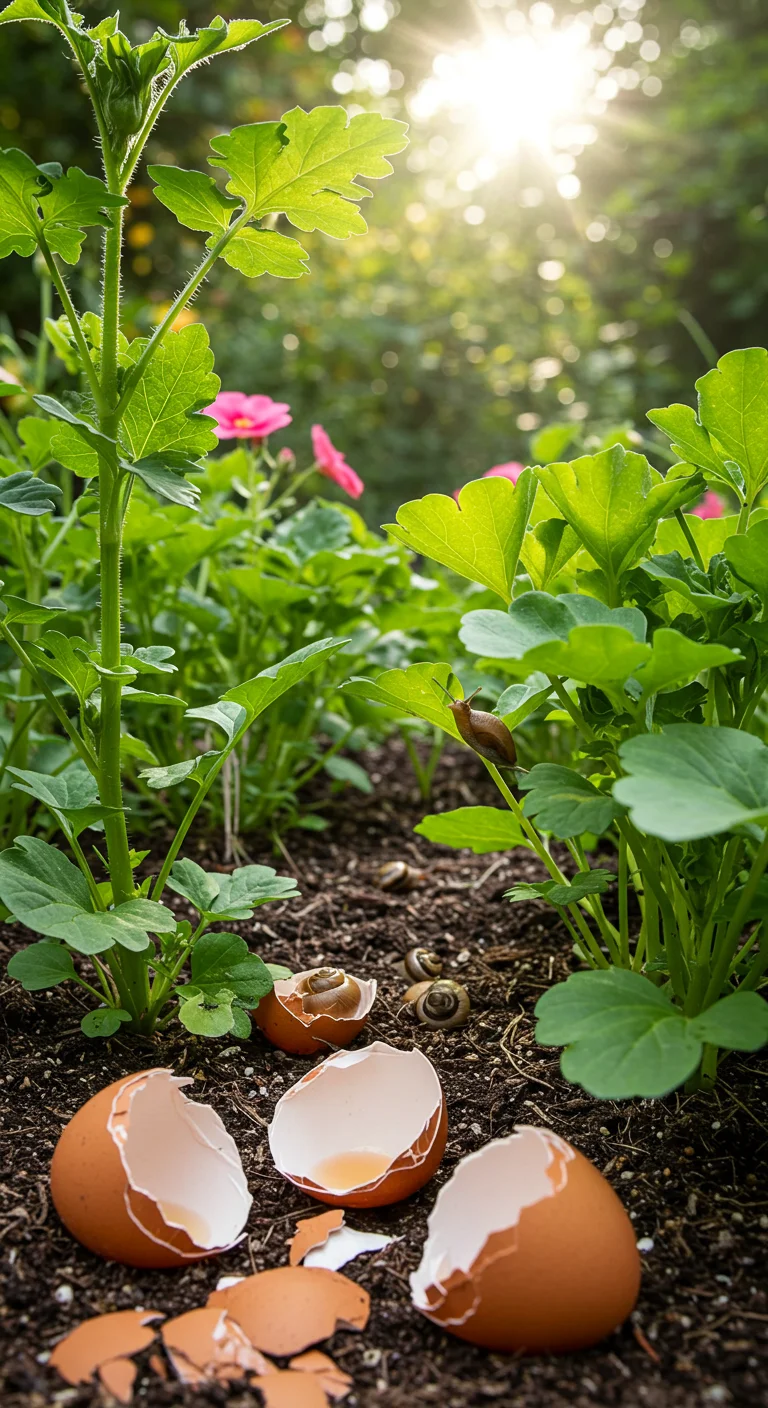
Eggshells are not just kitchen waste; they can serve as a powerful ally in your garden. Crushed eggshells can deter pests like slugs, snails, and even some crawling insects, as their sharp edges create an uncomfortable barrier. Simply rinse and dry the eggshells, then crush them into small pieces and scatter them around your plants. Not only does this protect your garden from unwanted visitors, but it also enriches the soil with calcium, which is essential for healthy plant growth. This dual-purpose hack is eco-friendly and cost-effective, making it an easy addition to your gardening routine. Next time you crack an egg, remember that those shells can help keep your garden thriving and pest-free.
4. Watering Wisely: The Magic of Milk Jugs
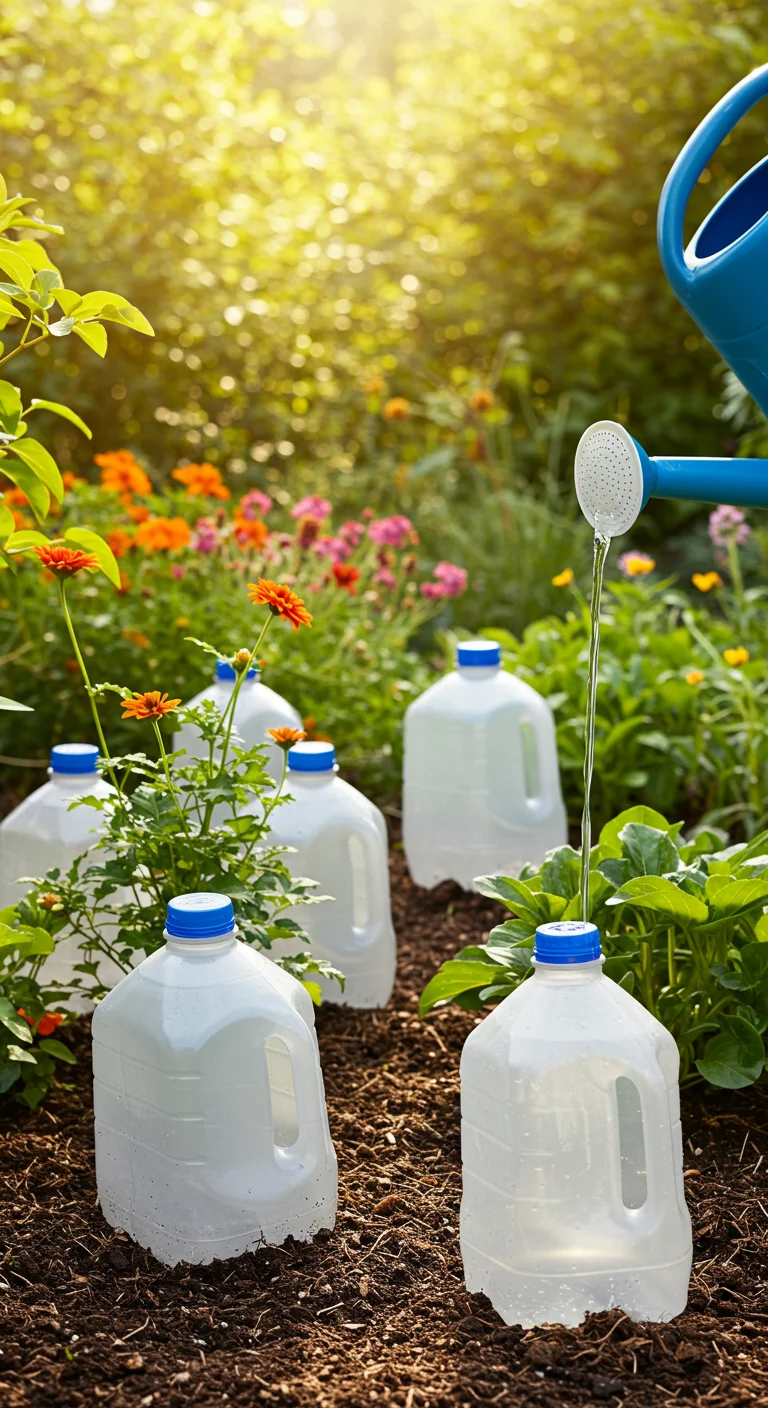
Watering your garden can be a breeze if you harness the magic of recycled milk jugs. Simply take an empty milk jug, wash it out, and make a few small holes in the bottom or sides for drainage. When it’s time to water your plants, fill the jug with water and place it upside down near the base of each plant. This method allows for slow, deep watering directly at the roots, reducing evaporation and ensuring that your plants receive the moisture they need without over-saturating the surface soil. Plus, it’s a sustainable way to reuse containers that would otherwise end up in the landfill, making it an eco-friendly gardening hack that benefits both your plants and the environment.
5. Companion Planting: The Buddy System for Your Garden

Companion planting is a gardening strategy that involves planting different crops in proximity for mutual benefits, creating a natural ‘buddy system’ in your garden. Certain plants can deter pests, enhance growth, and improve the flavor of their neighbors. For instance, planting marigolds alongside tomatoes can help repel nematodes, while basil planted near peppers can enhance their flavor and deter aphids. Additionally, beans and corn make great companions, as beans provide nitrogen to the soil, benefiting corn’s growth. By understanding which plants thrive together, you can create a more productive and healthier garden ecosystem. This technique not only maximizes space but also reduces the need for chemical pesticides, making it an eco-friendly choice that any gardener can implement with ease.
6. The Ultimate Pest Trap: Beer and Other Surprising Baits
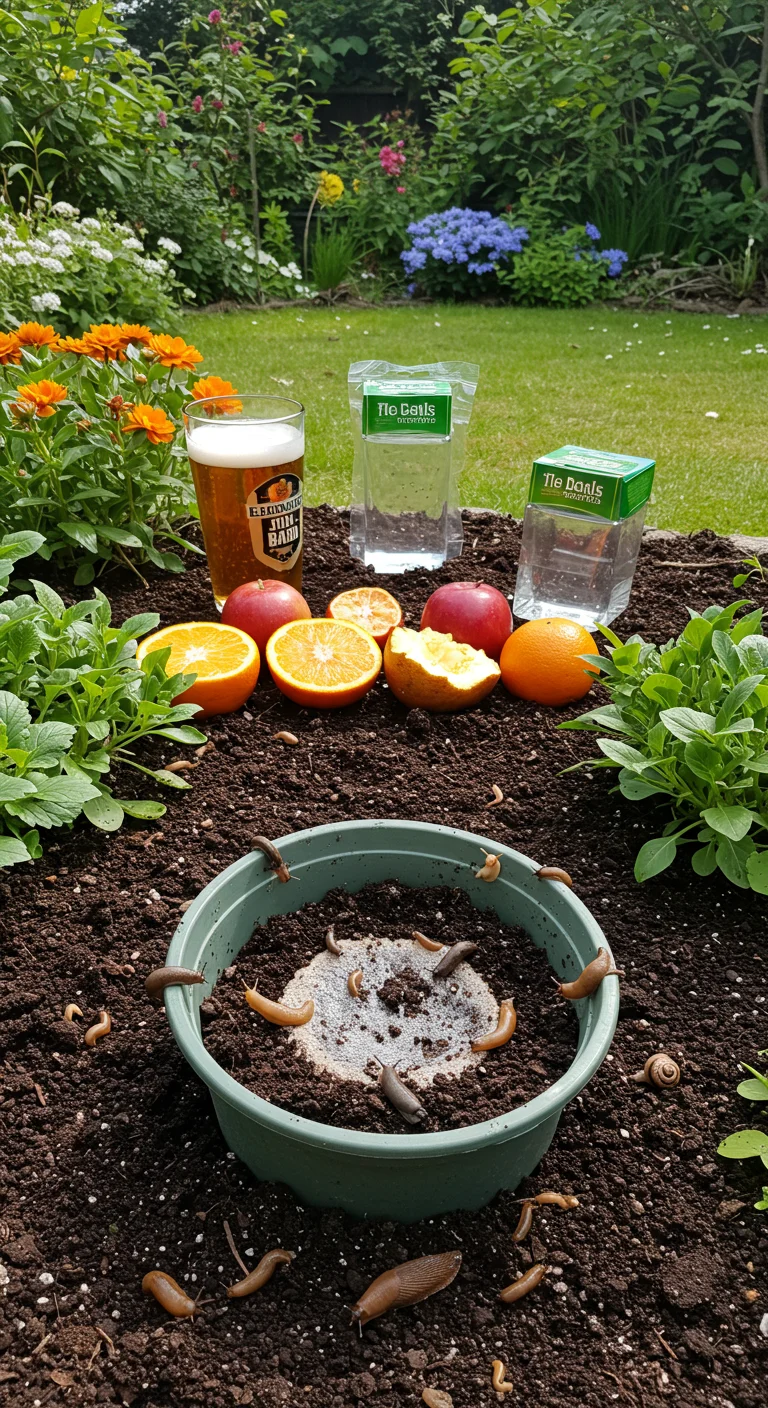
One of the most effective yet surprising pest traps involves using beer and other unconventional baits. Slugs and snails are particularly attracted to the scent of beer, making it a great bait for trapping them. Simply bury a shallow container, like a yogurt cup, in your garden, leaving the rim at ground level, and fill it with beer. The slugs will crawl in and drown. Additionally, you can experiment with other enticing baits such as fruit scraps or sugar water to attract different pests like fruit flies or ants. These baits are not only eco-friendly but also a great way to recycle kitchen waste, proving that sometimes the best solutions are right in your pantry!
7. Mulch Your Way to Success: Why It’s a Gardener’s Best Friend
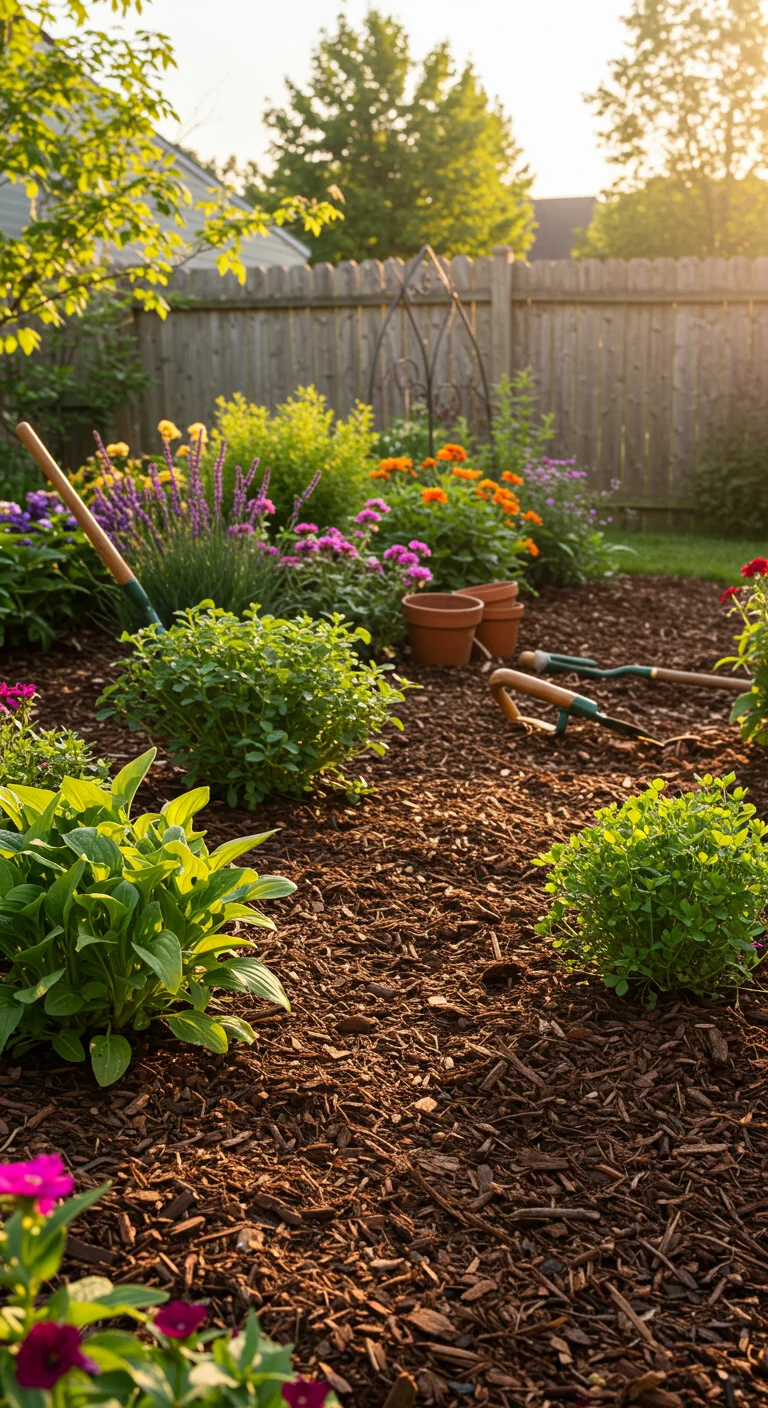
Mulching is a gardener’s best friend, acting as a protective layer for your soil and plants while providing numerous benefits. By applying organic materials like wood chips, straw, or shredded leaves, you can suppress weeds, retain soil moisture, and regulate soil temperature. This simple hack not only enhances the aesthetic appeal of your garden but also nourishes the soil as the mulch decomposes, enriching it with essential nutrients. To maximize its effectiveness, apply a 2-4 inch layer around your plants and avoid piling it against the stems to prevent rot. With just this one technique, you can significantly reduce your gardening workload and promote healthier plants, making your garden thrive with minimal effort.
8. Repurposing Household Items: From Trash to Garden Treasure
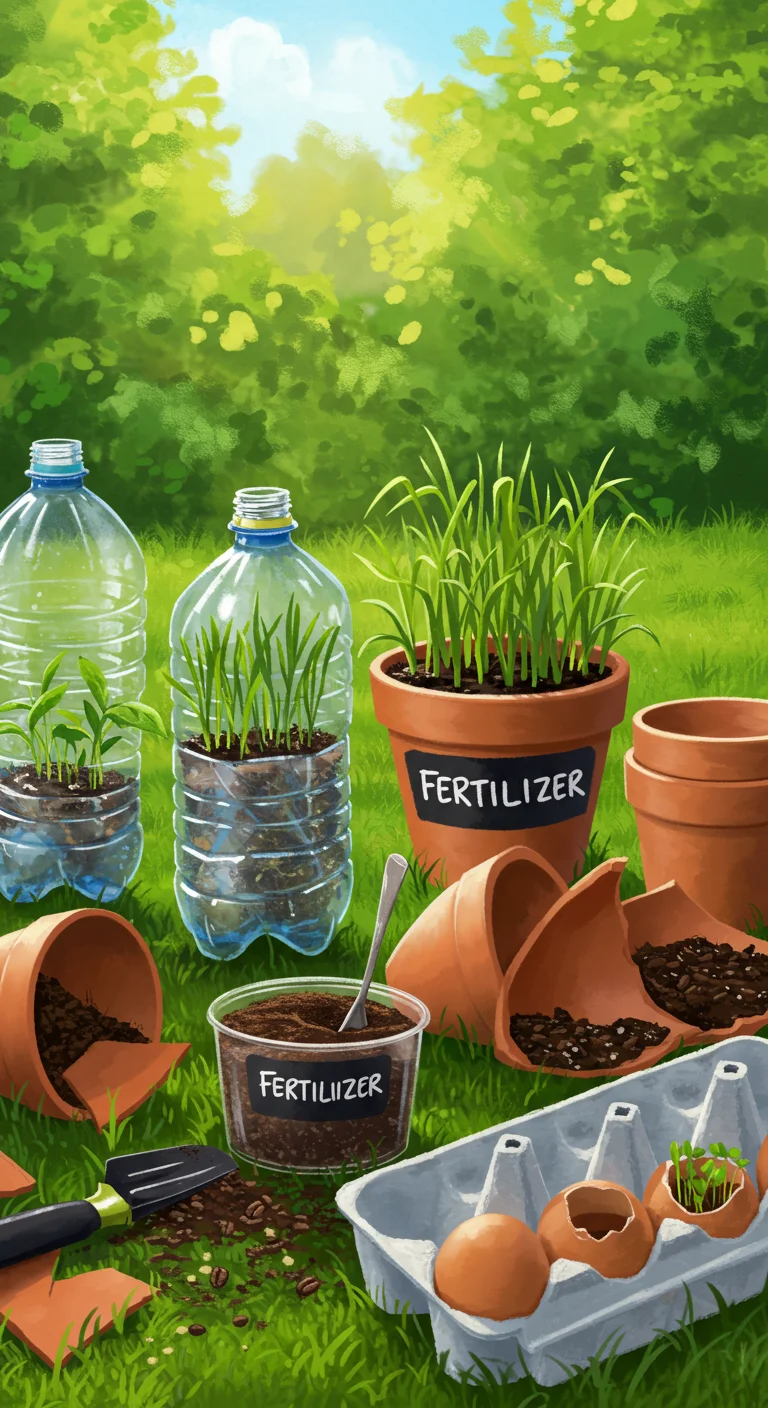
Repurposing household items can transform what you might consider trash into valuable treasures for your garden. For instance, empty plastic bottles can be converted into self-watering planters, allowing your plants to maintain moisture while minimizing your workload. Old coffee grounds can serve as a nitrogen-rich fertilizer, boosting plant growth and enhancing soil structure. Additionally, broken ceramic pots can be used as drainage material at the bottom of new pots or as unique garden decorations. Even egg cartons can act as seed starters; simply fill each compartment with soil and seeds for an easy planting solution. By creatively reusing these items, not only do you reduce waste, but you also enrich your gardening experience with innovative, eco-friendly solutions.
9. The Miracle of Epsom Salt: More Than Just a Bath Soak
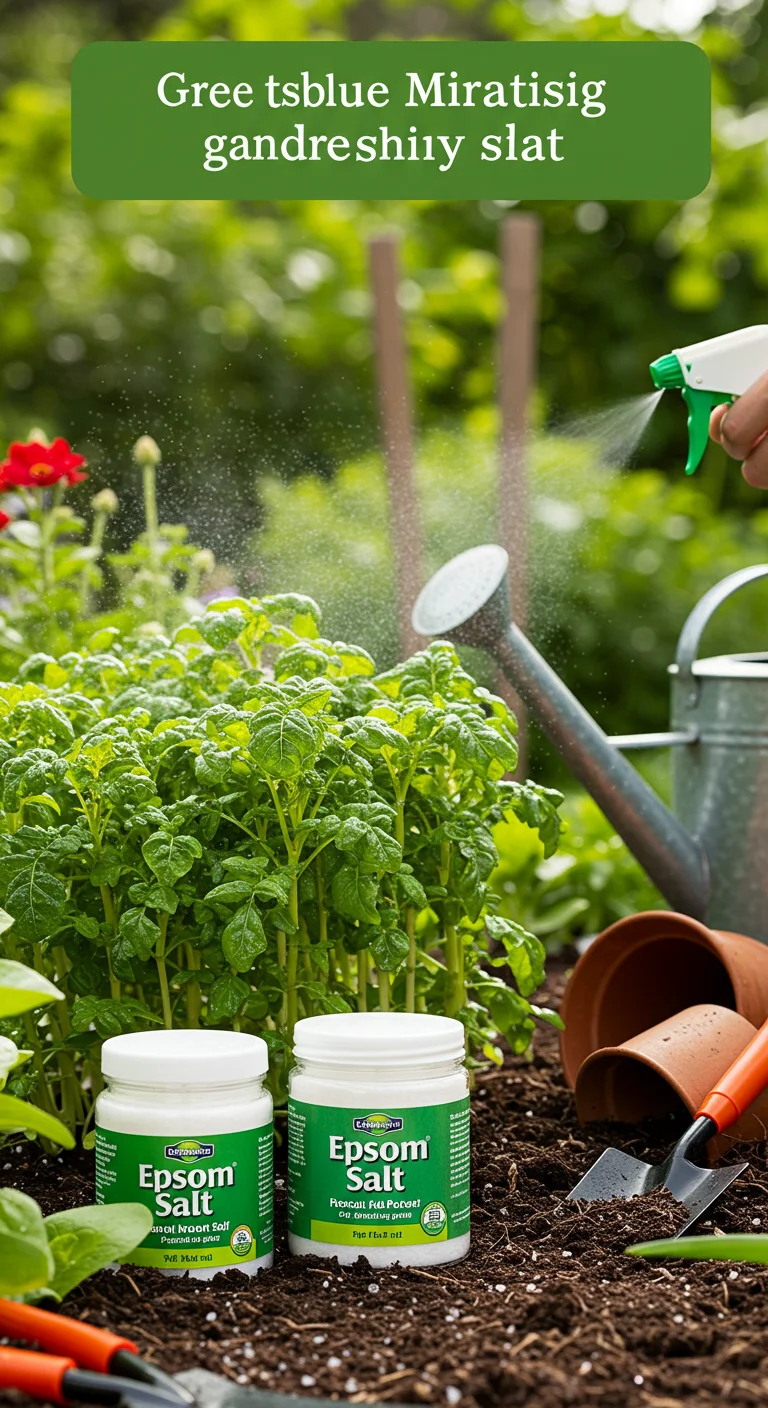
Epsom salt, chemically known as magnesium sulfate, is a miracle worker in the garden that goes beyond its popular use as a bath soak. This versatile compound can enhance plant growth, improve soil quality, and even deter pests. By dissolving Epsom salt in water and applying it as a foliar spray or soil drench, you provide plants with essential magnesium, which is crucial for photosynthesis and overall health. Additionally, it helps to improve nutrient absorption, particularly for key elements like nitrogen and phosphorus. For flowering plants, Epsom salt can promote more vibrant blooms and lush foliage. Use it sparingly, about one tablespoon per gallon of water every month, and watch your garden thrive like never before. It’s an easy and cost-effective gardening hack every enthusiast should know about!
10. DIY Plant Labels: Keep Your Garden Organized with Style
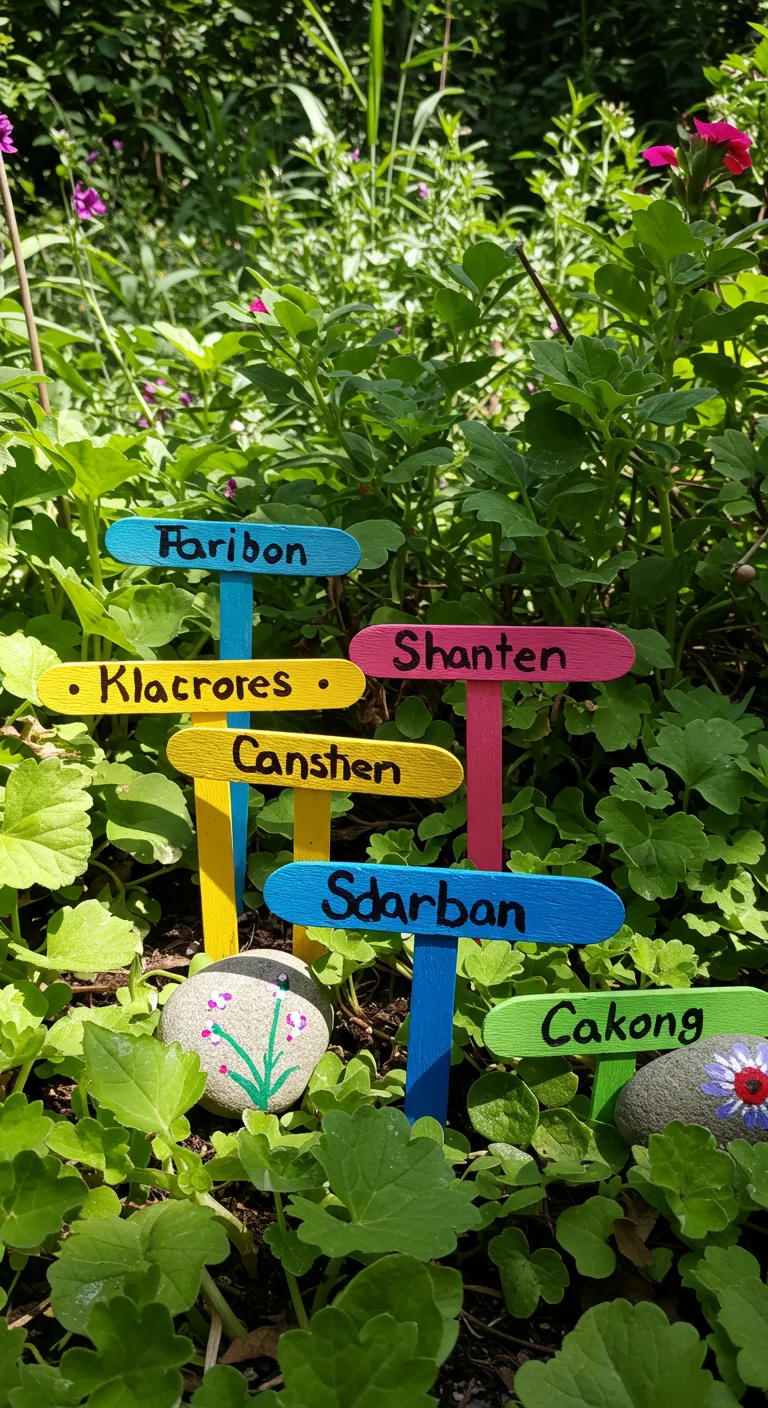
DIY plant labels are a simple yet effective way to keep your garden organized while adding a touch of personal flair. Begin by collecting materials like popsicle sticks, stones, or even repurposed wooden spoons. Use a waterproof marker or paint to clearly write the names of your plants and, if you like, include planting dates or care instructions. For a more decorative approach, consider using washi tape or colorful paint to personalize each label. Position these labels at the base of your plants for easy identification, ensuring you can quickly find and care for each species. This not only enhances the aesthetics of your garden but also provides a practical reference, making gardening a more enjoyable and efficient experience.
11. The Wonders of Vinegar: A Natural Weed Killer
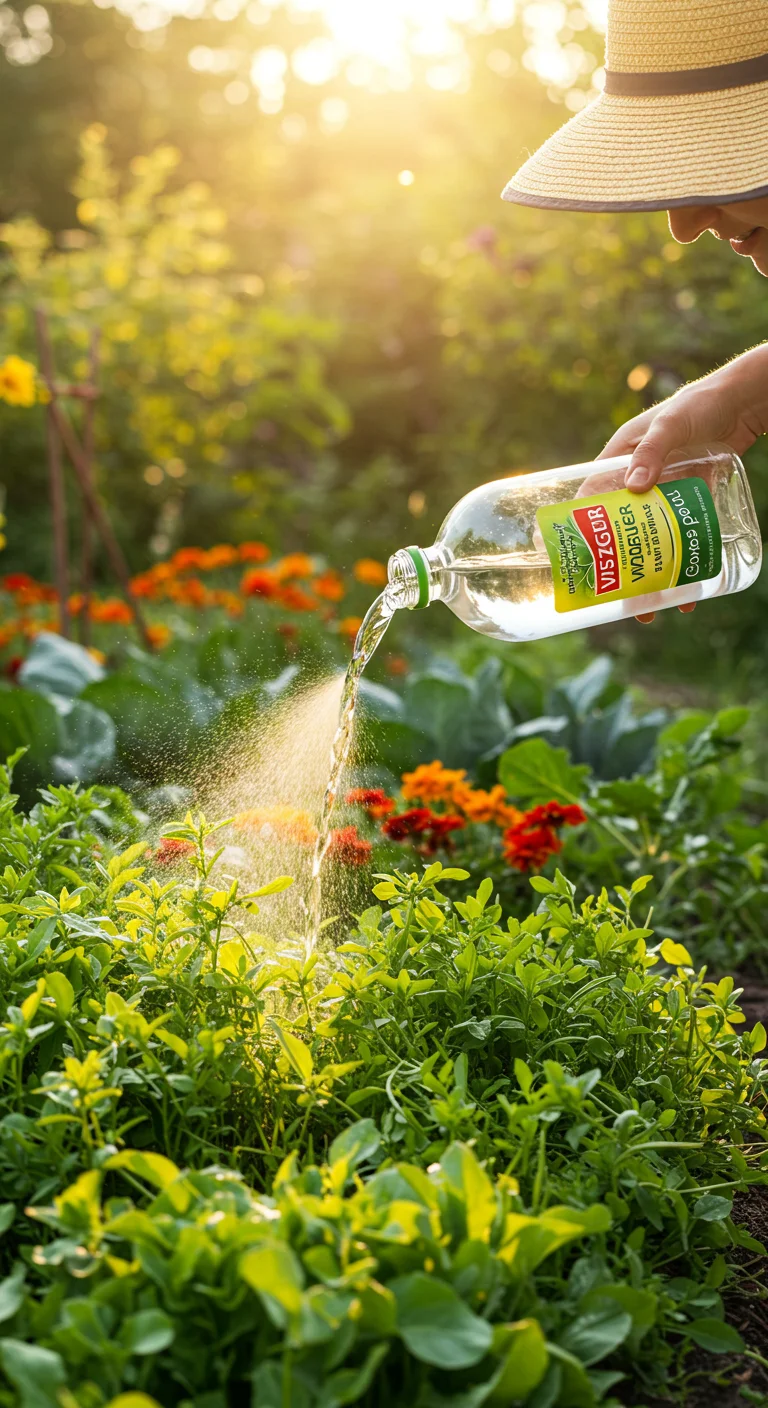
Vinegar is a powerful, natural weed killer that can help you maintain a pristine garden without the use of harsh chemicals. The acetic acid in vinegar disrupts the cellular structure of unwanted plants, effectively drying them out. To use vinegar as a weed killer, simply pour it directly onto the leaves of the weeds on a sunny day, as the heat enhances its effectiveness. For best results, choose a vinegar with a higher acetic acid content, around 20%, available at garden centers. However, be cautious to avoid contact with desired plants, as vinegar can harm them too. This eco-friendly solution is not only safe for your garden but also for the surrounding environment, making it an excellent choice for organic gardening enthusiasts.
12. Save Water with Smart Watering Holes
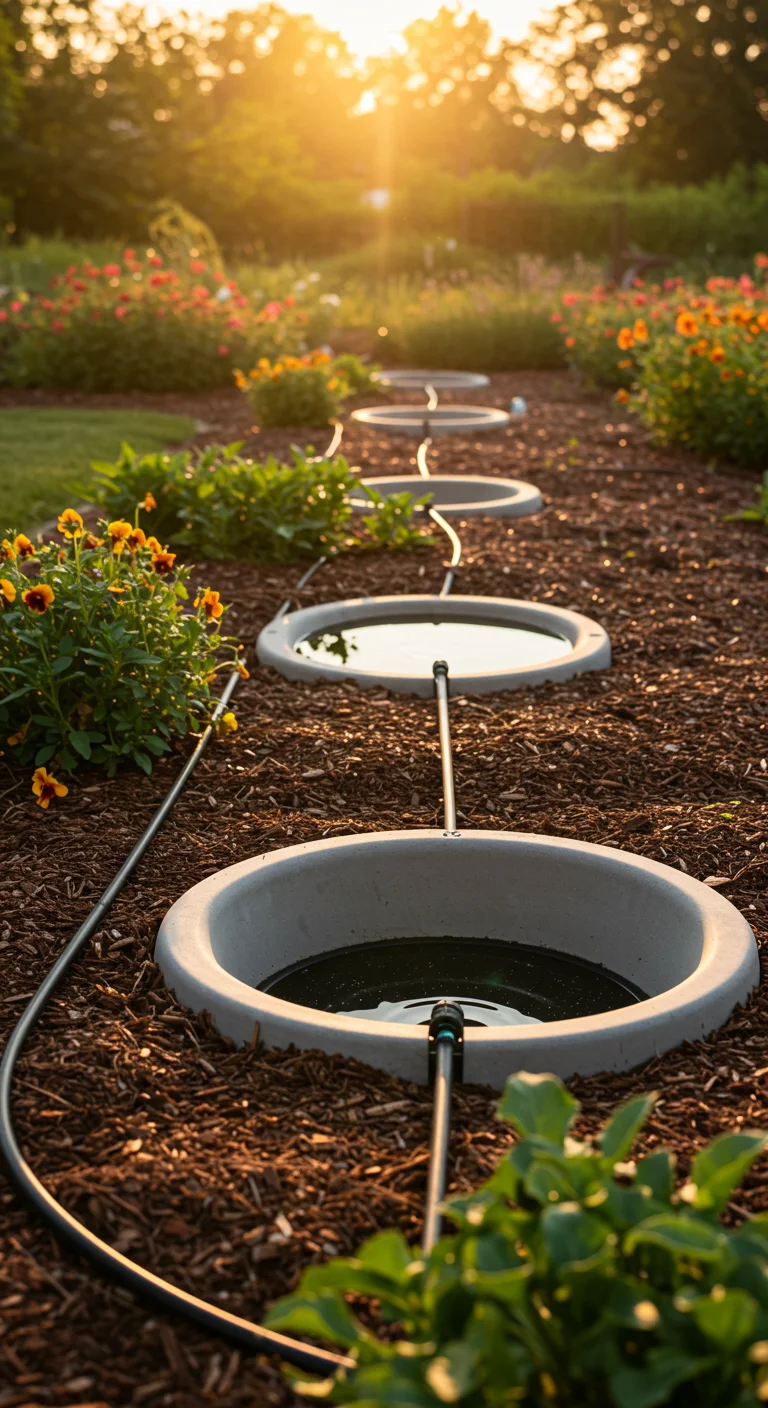
Implementing smart watering holes in your garden can dramatically improve water conservation and plant health. These strategically placed depressions or basins collect rainwater and excess irrigation, allowing moisture to seep deep into the soil where roots can access it. To create a watering hole, simply dig shallow pits in areas where water naturally pools or where plants require extra hydration. You can enhance their effectiveness by adding organic mulch, which helps retain moisture and minimize evaporation. Additionally, integrating a drip irrigation system can optimize water usage further by delivering it directly to the root zone of your plants. This method not only saves water but also promotes stronger growth and reduces the frequency of watering chores, making it a win-win for eco-conscious gardeners.
13. The Benefits of Using a Garden Journal: Track Your Triumphs
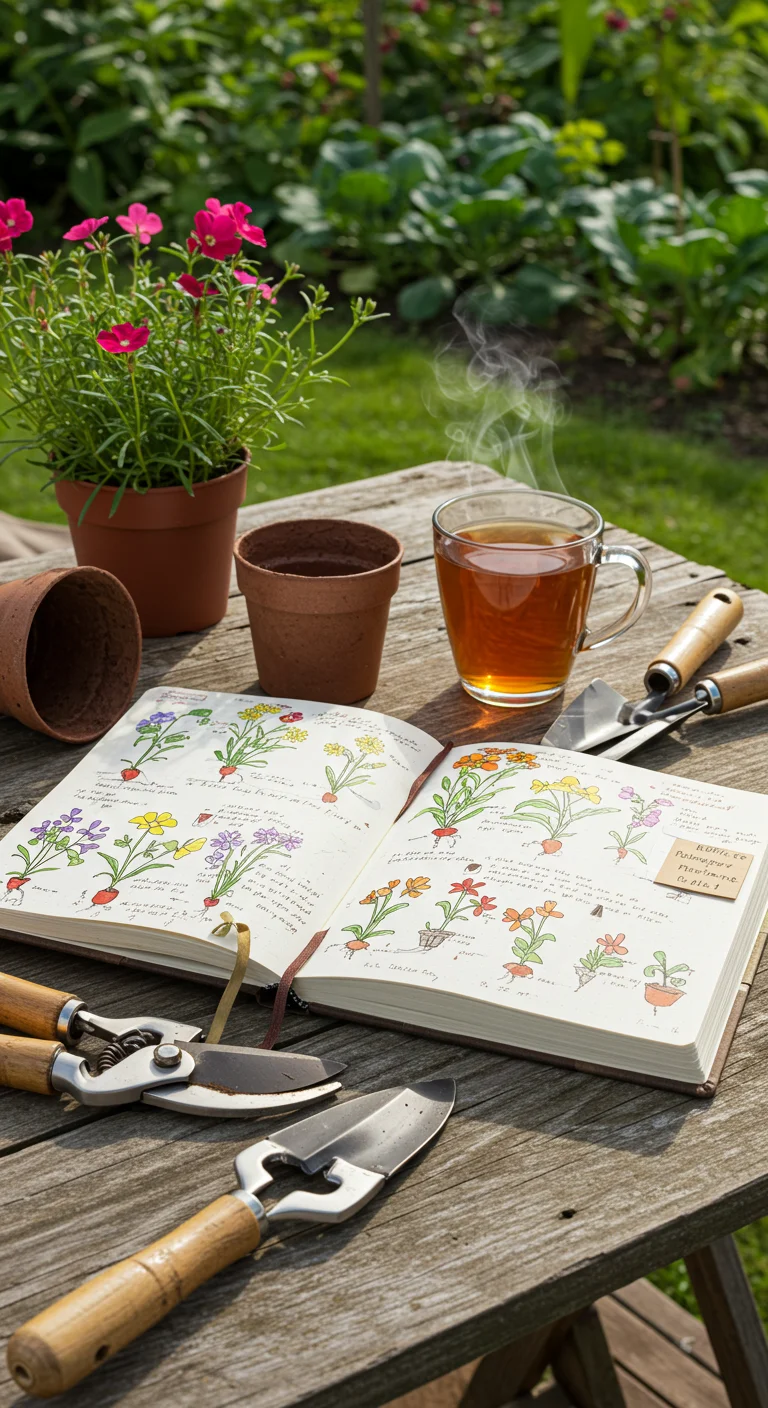
Using a garden journal can significantly enhance your gardening experience by allowing you to track your triumphs and challenges throughout the seasons. Not only does it provide a space to document plant growth, weather patterns, and pest occurrences, but it also encourages reflection on what techniques worked best and what didn’t. By noting down your successes—like when your tomatoes finally ripened or when you successfully warded off aphids—you can replicate those strategies in future seasons. Additionally, a garden journal fosters creativity, as you can sketch layouts and jot down ideas for future plantings. Over time, this journal becomes a personalized resource, helping you to become a more knowledgeable and confident gardener, ultimately transforming your outdoor space into a thriving oasis.
14. Homemade Compost: The Heartbeat of a Thriving Garden
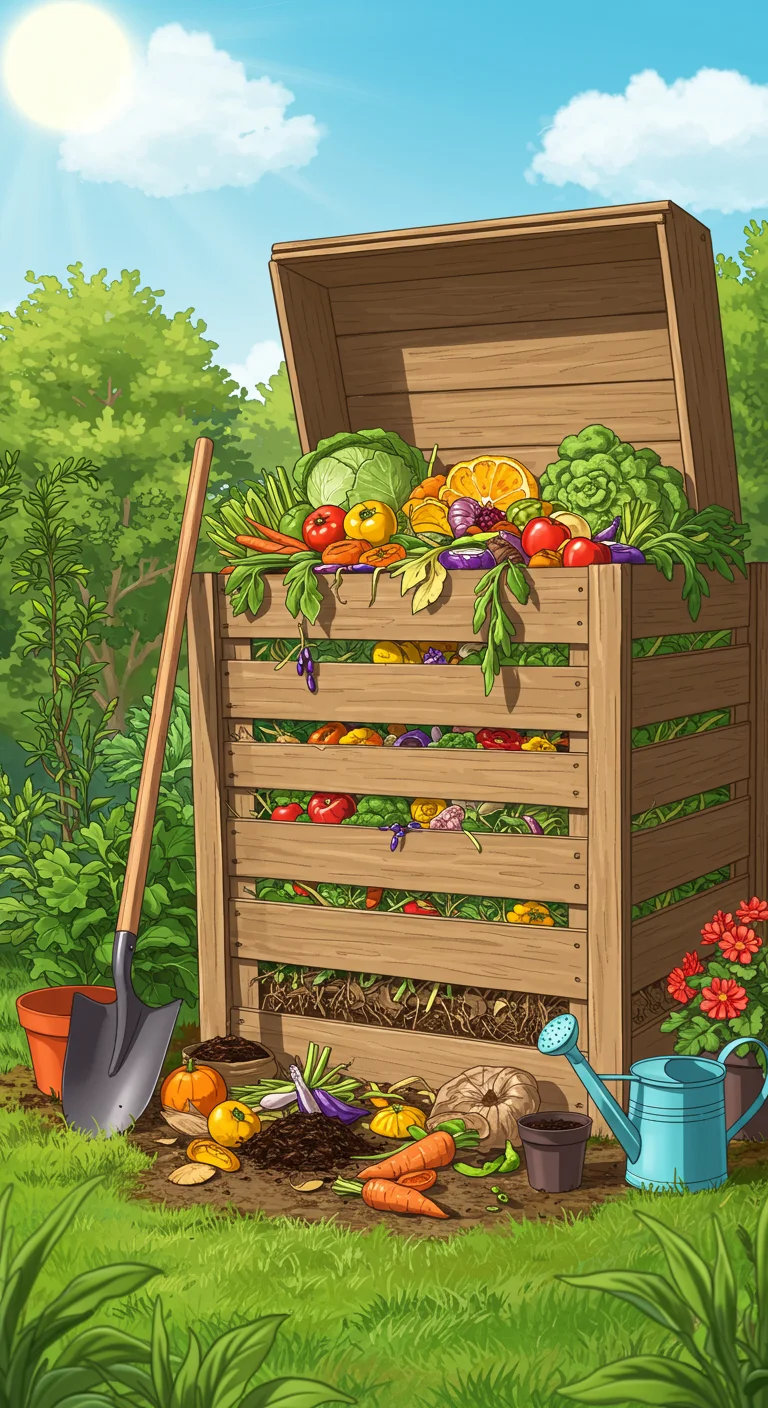
Homemade compost is the heartbeat of a thriving garden, providing essential nutrients that enrich the soil and foster healthy plant growth. To create your own compost, start by collecting kitchen scraps like fruit peels, vegetable trimmings, coffee grounds, and eggshells, as well as yard waste such as grass clippings, leaves, and small branches. Layer these materials in a compost bin or pile, balancing green (nitrogen-rich) and brown (carbon-rich) materials to accelerate decomposition. Regularly turning the pile helps aerate it and speeds up the process, typically resulting in rich, dark compost in a few months. This nutrient-dense amendment not only improves soil structure and moisture retention but also encourages beneficial microorganisms, making it a must-have gardening hack for any green-thumbed enthusiast.
15. The 30-Second Soil Test: Know Your Dirt’s Potential
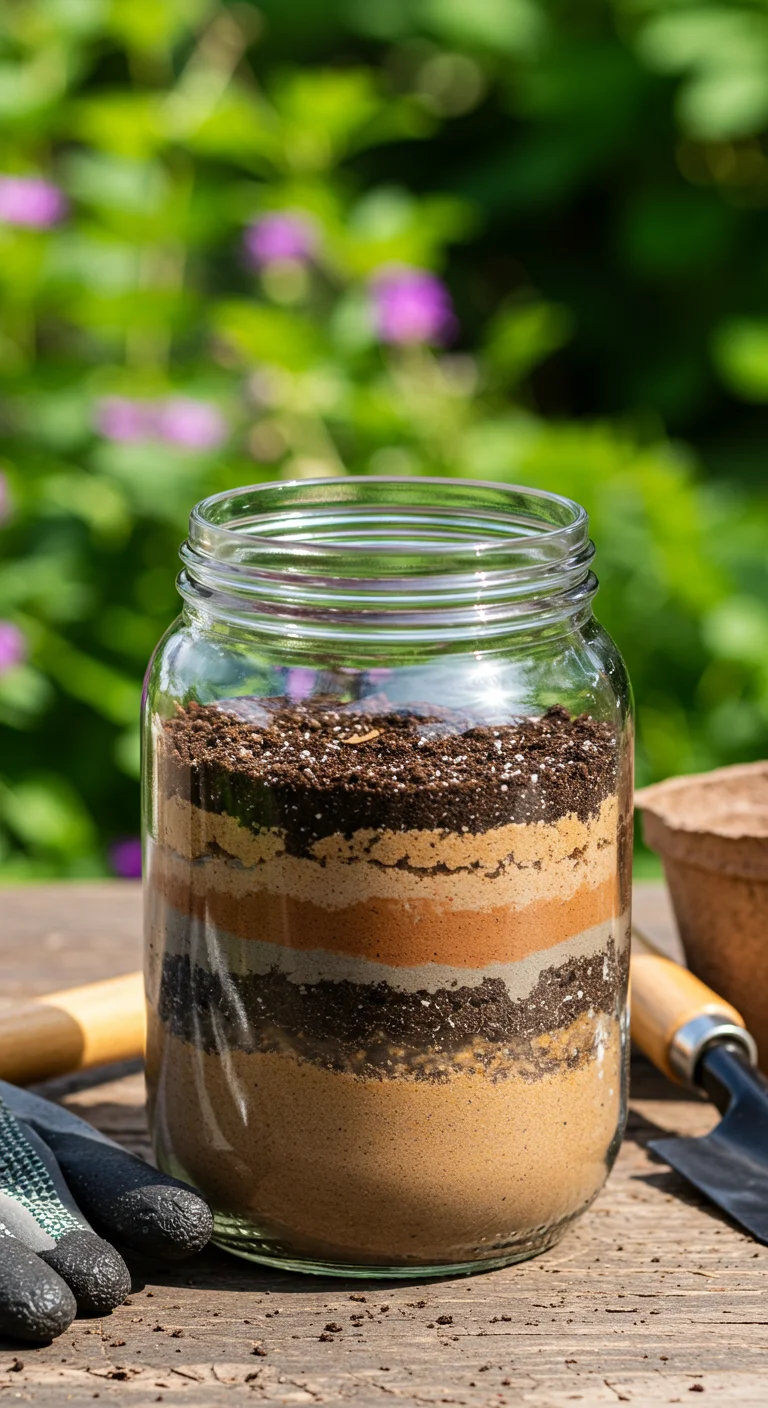
Knowing your soil’s potential is crucial for successful gardening, and the 30-second soil test is a quick and effective method to assess its quality. To perform this simple test, take a handful of soil and add it to a jar filled with water, shaking it vigorously for about 30 seconds. Let it settle for a few minutes and observe the layers that form: sand will settle at the bottom, silt in the middle, and clay at the top. This stratification gives you insight into your soil’s texture and drainage capabilities. If your soil is predominantly clay, it may retain too much water, while sandy soil drains quickly. Understanding these characteristics allows you to amend your soil appropriately, ensuring optimal growth for your plants and maximizing your gardening efforts.
16. Repotting Hacks: How to Avoid Shock for Your Plants
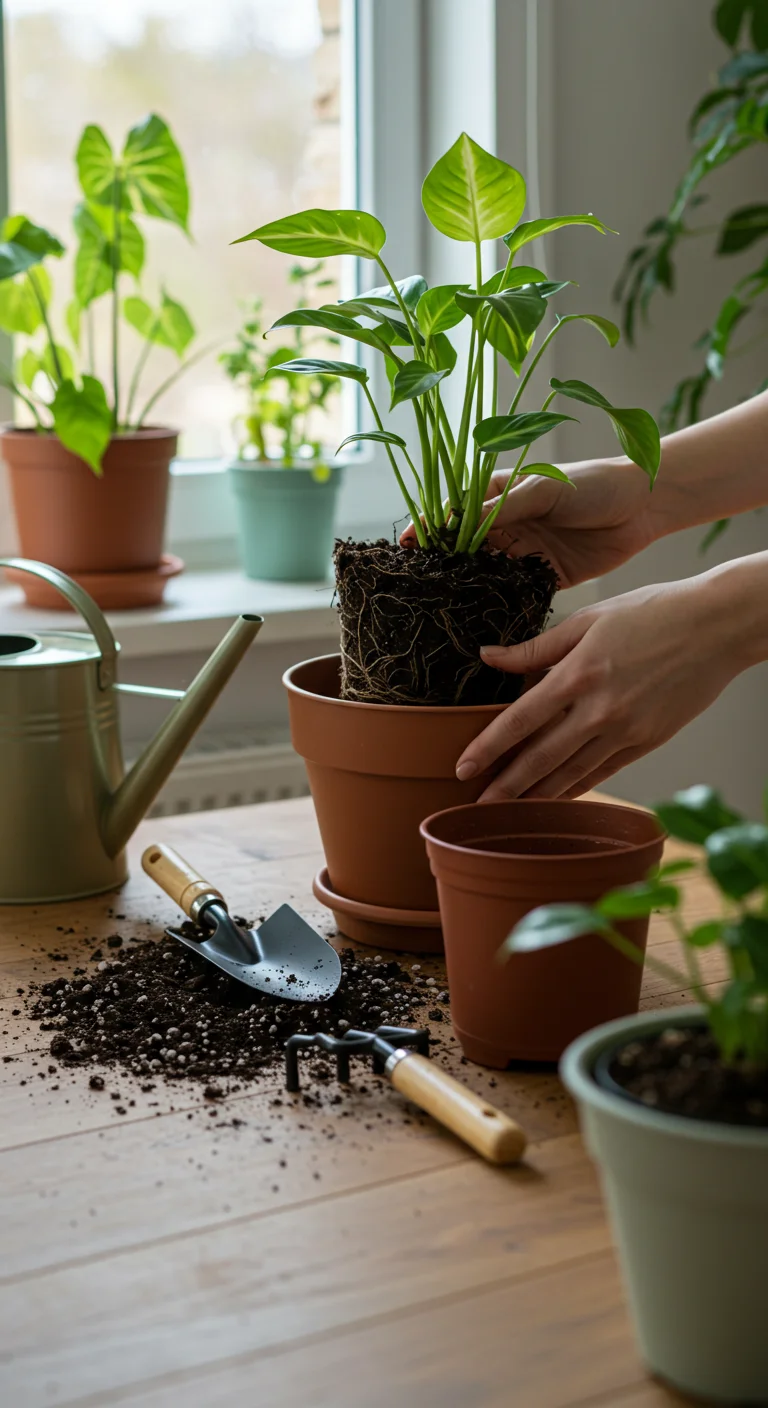
Repotting can be a stressful experience for plants, leading to shock that may hinder their growth. To minimize this impact, start by choosing the right time—preferably during the plant’s active growing season. Gently remove the plant from its current pot, being cautious not to disturb the roots excessively. If the roots are tightly bound, gently loosen them with your fingers. To help the plant adjust, soak the new potting mix in water beforehand, ensuring it’s moist but not soggy. Additionally, consider adding a layer of mulch on top of the soil to retain moisture and provide insulation. Finally, place the repotted plant in a shaded area for a few days to help it recover from the transition before gradually introducing it to its usual light conditions.
17. Seasonal Crop Rotation: The Key to Soil Health
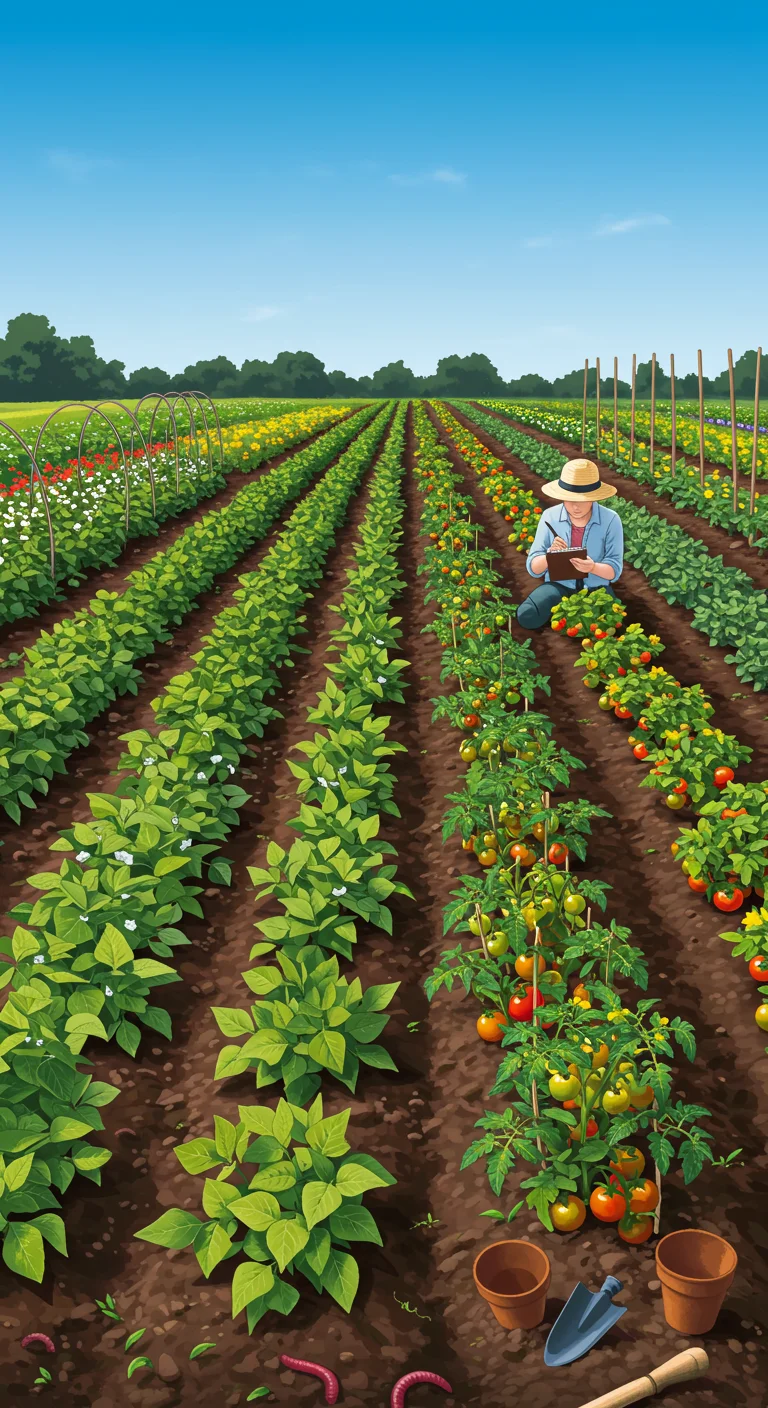
Seasonal crop rotation is an essential practice for maintaining soil health and maximizing your garden’s productivity. By alternating the types of crops grown in specific areas of your garden each season, you can prevent nutrient depletion and reduce the risk of pests and diseases. For example, following nitrogen-fixing legumes like beans with nutrient-heavy crops like tomatoes helps enhance soil fertility. This method not only sustains the soil’s natural balance but also promotes biodiversity, leading to a vibrant ecosystem in your garden. Implementing a simple rotation schedule can drastically improve your yields and minimize the need for synthetic fertilizers, ultimately resulting in a more sustainable and thriving garden environment.
18. Create a Vertical Garden: Optimize Space and Style
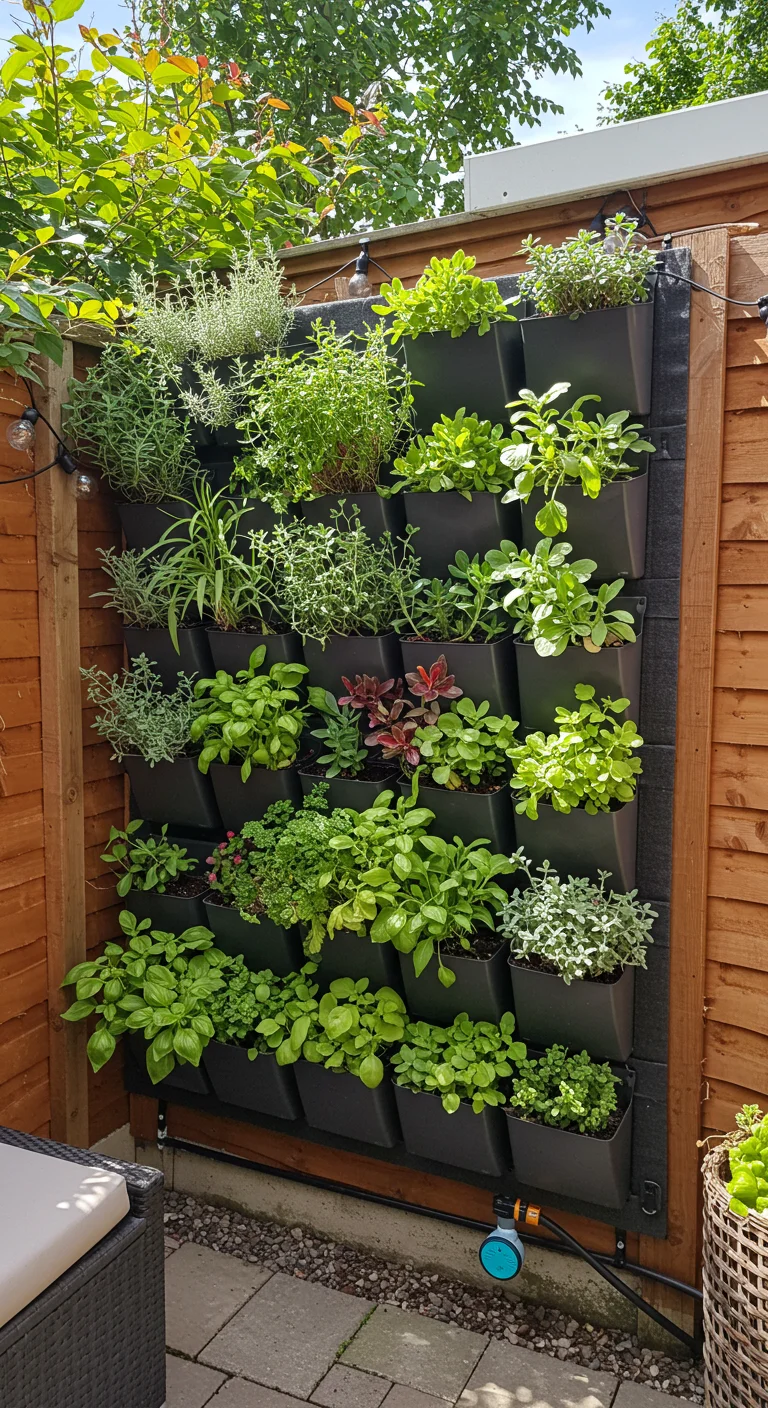
Creating a vertical garden is a fantastic way to optimize limited space while adding a touch of style to your home or outdoor area. Start by selecting a suitable wall or fence, and use planters or wall-mounted shelves to hold your plants. Consider using a mix of herbs, succulents, or flowering plants to create visual interest. Be mindful of sunlight exposure; place sun-loving plants in brighter spots and shade-tolerant varieties in lower light. Additionally, incorporate a drip irrigation system to simplify watering and ensure your plants thrive. Vertical gardens not only maximize your growing area but also enhance air quality and bring a refreshing green aesthetic to your environment, making it a perfect gardening hack for urban dwellers.
19. The Benefits of Using a Garden Planner App: Go Digital!
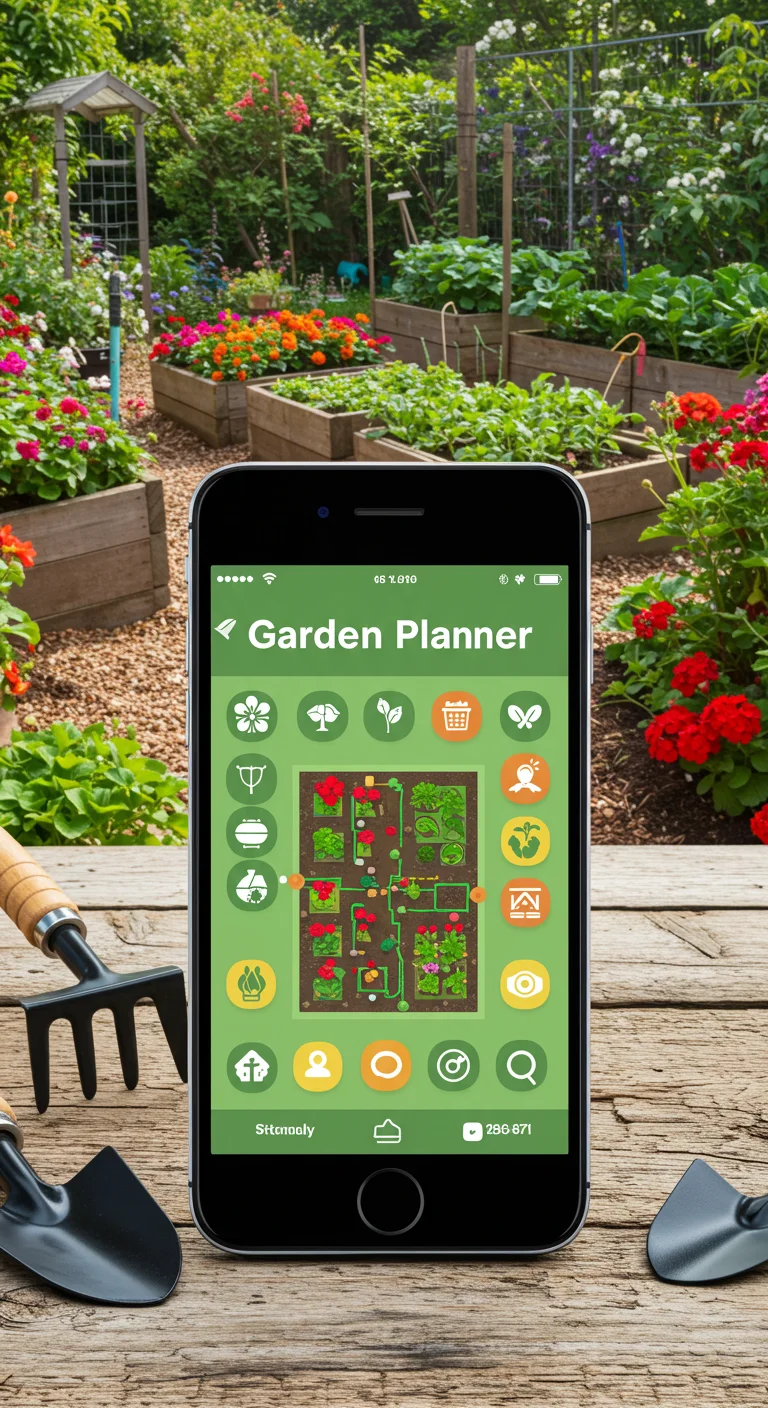
Utilizing a garden planner app can revolutionize your gardening experience by bringing organization and efficiency to your outdoor endeavors. These digital tools allow you to design your garden layout, track planting schedules, and monitor plant health, all from your smartphone or tablet. With features like reminders for watering and fertilizing, as well as the ability to log weather conditions, garden planner apps help you make informed decisions that lead to better yields. Additionally, many apps offer a community feature, enabling you to share tips and seek advice from fellow gardeners. Embracing technology not only saves you time but also enhances your gardening skills, making it easier to achieve the garden of your dreams.

